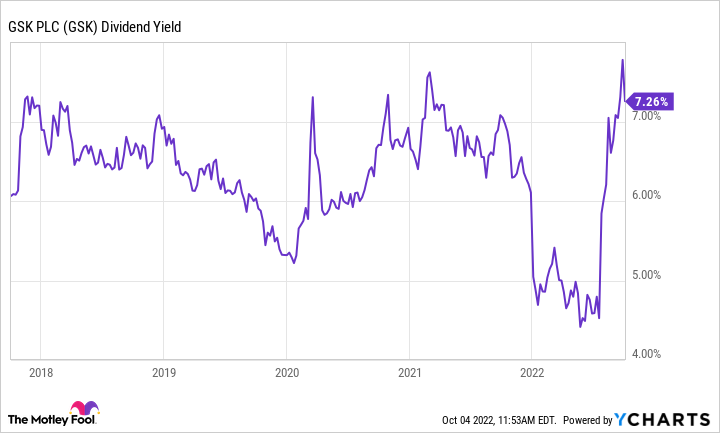If you're looking to invest with the goal of making $1,000 in annual passive income, you'll need to play your cards carefully. It might seem like a great idea to slam down a lot of money buying shares of a single company with a high dividend yield, or perhaps a business that has a history of hiking its dividend, but it isn't that simple. Businesses change, and investors often make assumptions about dividend income that are unlikely to hold true.
So if you want to build up passive income from your dividend stocks, try to avoid the following three mistakes.
1. Putting all your eggs into one basket
The biggest mistake to avoid when building dividend revenue is to be overly concentrated in one or two stocks. Even if you've picked judiciously on the basis of what you know about your companies today, no business is totally immune to the fluctuations of the economy.
Take a high-quality dividend stock like AbbVie (ABBV 0.98%), for example. With a forward dividend yield of 4.2%, nobody could blame you for the temptation to buy a lot of shares to get a favorable return. You'd only need to invest around $23,809 to make $1,000 in dividends.
But as a pharmaceutical company, AbbVie is exposed to a significant amount of risk from changes in drug pricing legislation, and that could potentially ruin your dividend returns. Drug pricing is a hot-button political issue that's frequently the target of tweaks, including most recently in the Inflation Reduction Act.
There's no guarantee that any individual change to the relevant regulations is going to harm AbbVie's ability to keep paying its dividend. But why would you leave yourself exposed to the possibility when you could simply diversify your holdings instead?
Investing in multiple passive income stocks in different industries rather than just one or two ensures that even if one of your companies is struggling due to factors beyond its control, your cash flow won't change by very much.
2. Assuming that high yields are sustainable
Another critical mistake that investors can make when buying dividend stocks is believing that high yields will continue forever. For example, if you look at another pharmaceutical business like GSK (GSK 1.60%), it might seem reasonable to expect its forward dividend yield of about 7.6% to remain roughly the same over time. After all, with its trailing 12-month net income up 216% in the last five years to reach nearly $6.1 billion, there doesn't appear to be much reason for management to slash the dividend. But consider this chart:
GSK Dividend Yield data by YCharts
As you can see, the stock's yield fluctuates considerably. When its price rises, its yield falls, and vice versa. That means when yields for some of your stocks are high, you should consider adding more to those positions than to those that have lower yields. You can always contribute to the lower-yielding positions in the future if their prices become more favorable.
3. Assuming that dividend growth is likely to continue
The last mistake to avoid is assuming that dividends will grow indefinitely. This mistake is especially tempting for companies that already have a long history of dividend hikes, but it's a ubiquitous risk. Not all businesses that pay a dividend do so with the goal of raising their payout every year; as an example, consider that GSK issues dividends regularly, but the size of its payment fluctuates every quarter, and there's no trend of increasing it. So if you invested in the stock with the expectation of growth, you'd be left wanting.
To avoid making this mistake, you'll need to vet a company's financials to see first whether its dividend has a history of year-over-year expansion, and second whether it's consistently generating enough excess capital to continue returning it to investors in larger and larger quantities in the future. Looking at the pace of free cash flow (FCF) growth over time is a good starting point for your analysis, but don't stop there.
Pay attention to the payout ratio, which shows the proportion of a company's earnings that goes to dividend payments. Low payout ratios mean that the business has plenty of money to spend on boosting shareholder returns as well as reinvestment and other purposes. In contrast, payout ratios over 100% are less likely to be sustainable because they mean that it takes more than the total of the company's annual earnings to maintain the dividend.
If you want a shortcut, confine your passive income investing to the Dividend Kings, all of which are stable businesses that have opted to hike their payout for at least 50 years consecutively.






